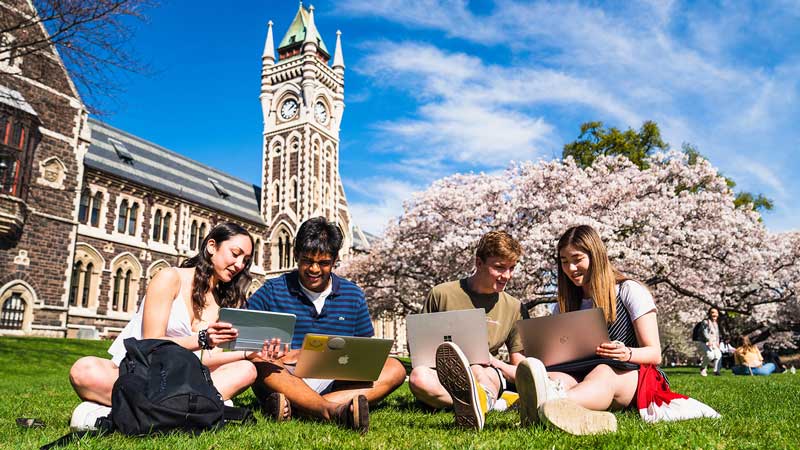Quality and Rankings
Quality and Rankings
Higher education courses can be taken by students to earn an advanced degree and continue their studies in New Zealand. There are three main types of higher education that lead to bachelor, master and doctoral degrees. Teaching at universities normally takes place in large group lectures and small group tutorials.








